ART DECONATION

Featuring History of the Time's Square Building in Rochester, NY May 2023 Exploring Art Deco Architecture, Style, and History
4 -5
History of Art Deco


An understanding of how the Art Deco style came to be is critical in appreciating the boldness and uniquity of it's presence in architecture.
8 -9
Influence in Fashion
Furniture
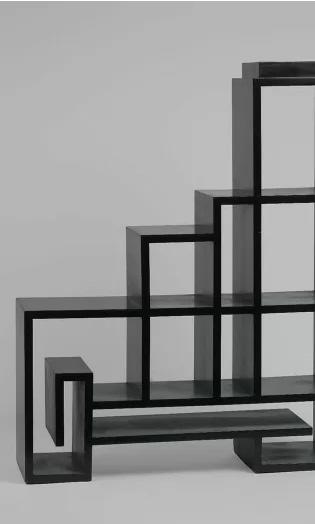
In tandem with architectural design, furniture has had complementary representations of Art Deco. Looking into translations of Art Deco not only on the large scale of architecture, but also the smaller scale of furniture and interiors.
How the Art Deco style has presented in contemporary fashion of the 1920's and 30's trends. 12 -13
10 -11
Movies
How the Art Deco style and time period has been translated through film with a focus on "The Great Gatsby."

ART DECO-NATION
Other Well Known




influence of Art Deco on the American coastal city of Miami,
30 -31 3 Contents
Miami The
Floride.
Buildings
acknowledgment of other famous and renound Art Deco buildings around the United States. 2629
An
brief biography of the
who designed and built the Times Square Building in
NY. 24 -25 Times Square Building
Ralph Walker A
architect
Rochester,
analysis of the Time Square Building
in Rochester
This
the
building in
it's time,
Deco
in
14 -23
An
located
NY.
was
tallest
Rochester of
and the onlyArt
skyscraper
Rochester.
"Art Deco" "Jazz Moderne" "Style Moderne"
1919
1939
What is Art Deco Style?
Art Deco is a design style that emerged in the early 20th century and was popular from the 1920s to the 1940s. It began in Europe, particularly in France, and quickly spread to other parts of the world, becoming one of the most influential design styles of the 20th centur y.
ART DECO-NATION
-
Art Deco fell out of favor after World War II, as people began to embrace more minimalistic and functional design styles. However, the style has seen a resurgence in popularity in recent years, with designers and architects drawing inspiration from its bold, glamorous aesthetic. Today, Art Deco is recognized as one of the most important design styles of the 20th century, and its influence can be seen in a wide range of design disciplines, from architecture and fashion to graphic design and interior design.
The Art Deco style also had a significant impact on the world of fashion, incorporating Art Deco elements into their clothing and accessory designs. Bold geometric patterns, vibrant colors, and luxurious materials such as silk and fur.


5
| Entrance to the Eastern Columbia Building exemplifying bold color, glass, and sharp angular and arched forms |
|Exterior, Eastern Columbia Building, Downtown Los Angeles, California |

ART DECO-NATION | Vogue May 2007 |
The style is characterized by a combination of traditional and modern elements, focusing on geometric shapes, bold colors, and the use of new materials such as aluminum and Bakelite. Some of the most notable examples of Art Deco architecture can be found in New York City, particularly in the iconic skyscrapers of the 1920s and 1930s. With their sleek, streamlined designs and decorative elements, the Chrysler Building and the Empire State Building are both prime examples of the Art Deco style.
Art Deco was heavily influenced by the Cubist and Futurist art movements, as well as by the design elements of ancient Egyptian, Greek, and Roman art. The style was also influenced by the rapid technological advances of the time, particularly in transportation and communication, which led to the creation of streamlined, aerodynamic shapes and designs.

7
| Iron work with intricate geometric line detail of the period seen in the Chicago Board of Trade Building|
Influence In Fashion
The movement emphasized clean lines, geometric shapes, and vibrant colors, which translated into fashion as streamlined silhouettes, vibrant hues, and intricate patterns. The movement's influence can be seen in everything from evening gowns to everyday wear, as designers sought to incorporate Art Deco elements into their creations.

ART DECO-NATION
Trends of the time
One of the key characteristics of Art Deco fashion was the use of luxurious materials such as silk, velvet, and satin, which were often embellished with sequins, beads, and other decorative elements. The movement also popularized the use of new materials such as Bakelite and Lucite, which were used to create jewelry and accessories. The emphasis on symmetry in Art Deco fashion was well known, with designs featuring perfectly balanced geometric shapes such as circles, triangles, and squares. Overall, the Art Deco movement brought a new level of sophistication to fashion, and its influence can still be seen in designs today.

9 | The Golden Age of Style: Art Deco Fashion Illustration, Orbis Publishing, 1976 |
Movies
The Great Gatsby is a perfect example of how movies can reflect cultural trends and movements. The movie's setting, characters, and themes are all closely tied to the Art Deco aesthetic, making it an excellent representation of the era.
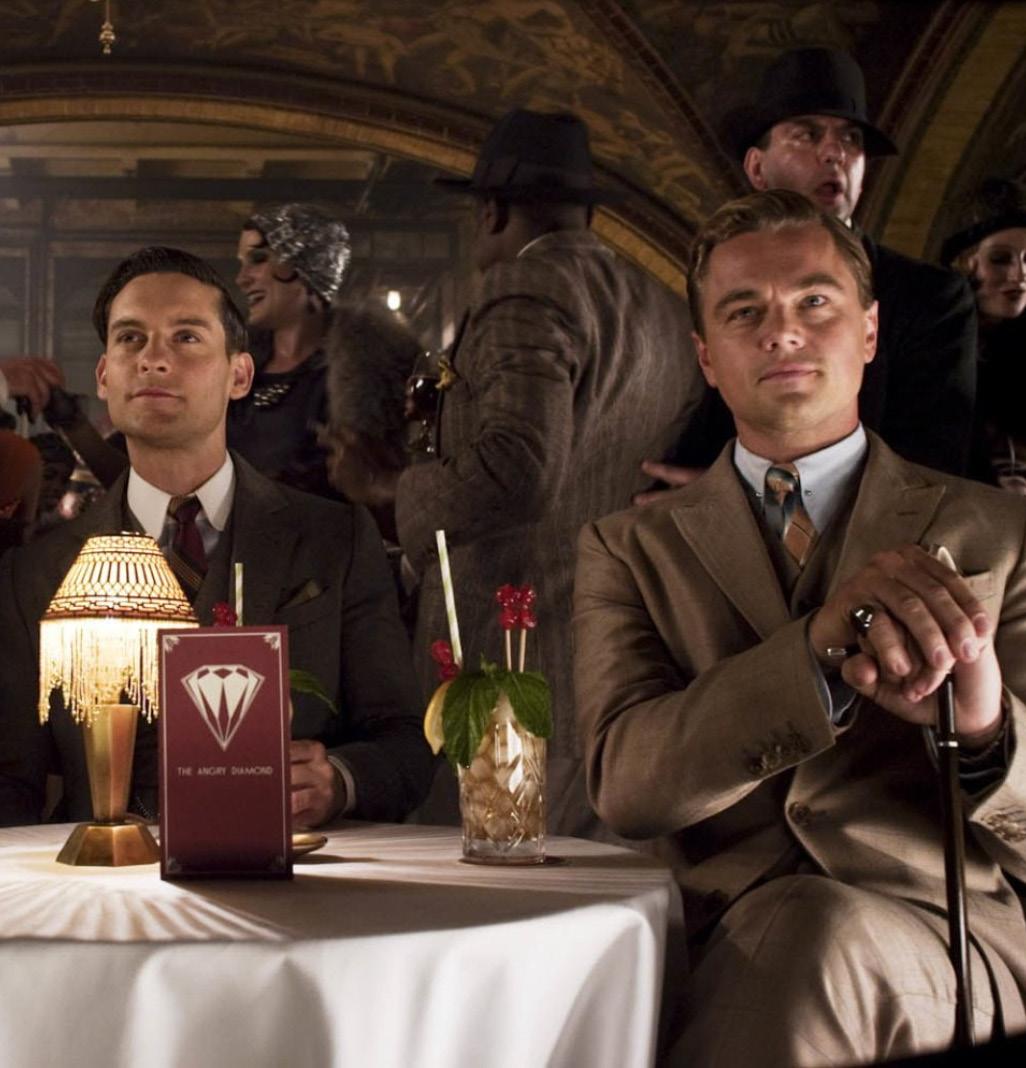
ART DECO-NATION
| "The Great Gatsby" 2013 Film Adaptation |
The Great Gatsby
The most obvious connection between The Great Gatsby and Art Deco is the setting. The movie takes place in New York City during the 1920s when Art Deco architecture was at its height. The city was filled with skyscrapers, like the Chrysler Building and the Empire State Building, that featured the style's signature clean lines and geometric shapes. Gatsby's own mansion, with its white facade, and Art Decostyle pool, reflects the luxury and excess of the era. Even the cars in the movie, like Gatsby's yellow Rolls-Royce, were designed with Art Deco principles in mind.
The characters in The Great Gatsby are also influenced by the Art Deco movement. Gatsby himself, the movie's protagonist, is selfmade and has amassed a fortune through bootlegging and other shady dealings. He embodies the idea of the "new money" class that emerged in the 1920s, which often flaunted their wealth through lavish parties and expensive possessions.

11
| Rosecliff Mansion in Newport, RI film site for "The Great Gatsby" |
Art Deco Furniture

ART DECO-NATION | Émile-Jacques Ruhlmann Furniture |
The furniture of the Art Deco style is characterized by sleek, streamlined shapes, bold colors, and use of luxurious materials such as lacquer, chrome, and exotic woods. The movement emphasized geometric forms and patterns, with many pieces featuring strong, angular lines and symmetrical shapes. Art Deco furniture often incorporated motifs inspired by machines, such as stylized representations of gears and other mechanical elements.
Many Art Deco designers aimed to create furniture that was both visually appealing and functional. This led to the development of several innovative design features, such as hidden compartments and built-in storage spaces. The movement also embraced new manufacturing techniques, such as the use of tubular metal and molded plywood, which allowed for the creation of furniture that was both lightweight and strong. Overall, the Art Deco movement revolutionized furniture design, introducing new forms, materials, and manufacturing techniques that continue to influence furniture designers today.


13
| Johanna Peller-Hollmann, Art Deco cabinet with enamel plaques, Kunsthistorisches Museum (Museum Of Fine Arts) |
| Paul T. Frankl, Skyscraper Furniture|

ART DECO-NATION |
Square Building Rochester, NY |
Times
Times Square Building
Rochester, NY
The Times Square Building in Rochester, New York, has a rich and fascinating history that dates back to the early 20th century. Built in 1929, the building was designed by architect Ralph Thomas Walker in the Art Deco style, which was popular at the time. At 14 stories tall, the Times Square Building was one of the tallest buildings in Rochester when it was completed. It was originally built as the headquarters of the Genesee Valley Trust Company, a local bank. The building was named after Times Square in New York City, which was a symbol of the excitement and energy of the modern era.
The Genesee Valley Trust Company occupied the building until the early 1960s when it merged with another bank and moved to a new location. After that, the building went through several different owners and tenants. In the 1970s and 1980s, it was home to several different businesses. In the 1990s, the Times Square Building underwent a major renovation that transformed it. The renovation preserved many of the building's original Art Deco features, including its ornate exterior and its grand marble lobby.
Today, the Times Square Building is one of the most iconic landmarks in downtown Rochester. Its location at the corner of East Avenue and Main Street puts it at the center of the city's business and cultural district. The building's elegant architecture and historic charm make it a popular destination for visitors and residents alike. In recent years, the Times Square Building has undergone additional renovations to modernize its interior. Despite these changes, the building remains a testament to Rochester's rich history.
15
The Times Square Building is a Rochester landmark that laid its first cornerstone the day the Great Stock Market crashed in 1929.

ART DECO-NATION

17
Interior

ART DECO-NATION
The chandelier and lighting fixtures were designed by esteemed Edward F. Caldwell & Co., of New York City. Mr. Caldwell was the premier designer of electric light fixtures from the late 19th to the mid20th centuries.
Walls on the main level are marble from Valencia, Spain and Lombardy, Italy.


While the walls of the main lobby are sheathed in red Altico and Levanto marble, while the ceiling is covered in hand painted paper decorated with geometric shapes.

19
Graphic Analysis

ART DECO-NATION | Structural Parti Diagram |
Axis of Symmetry

Axis of Asymmetry

21 | Symmetry Diagram | N
| Structural Diagram: Columns Every 16 Feet On Center |
As shown in these diagrams, the Times Square Building receives a lot of sunlight throughout the day. With no other tall buildings directly adjecent to it, the building is able to receive a lot of direct natural light. The diagrams also show that the Southern wall, left of the building front, receives the most direct light.
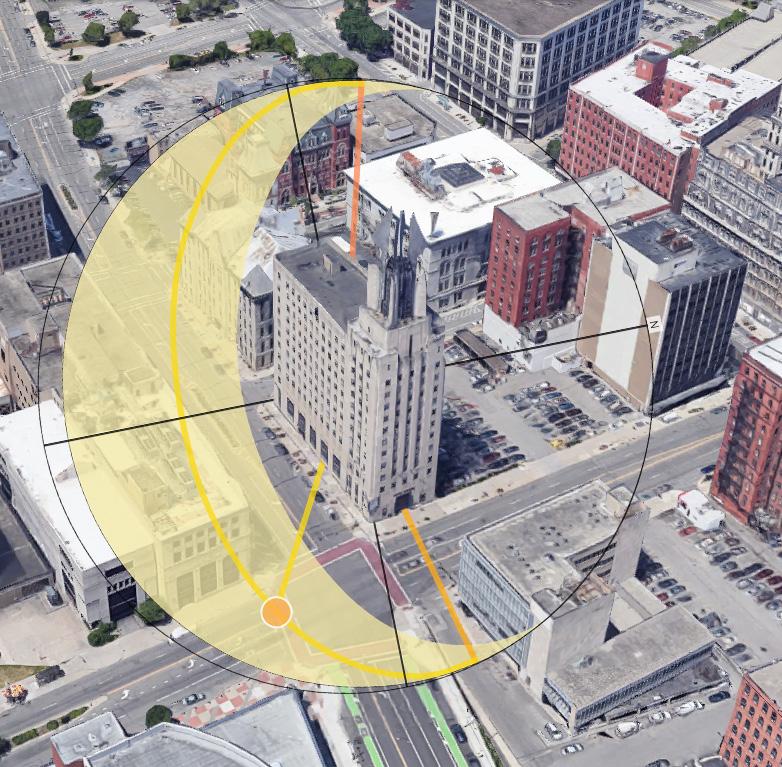
ART DECO-NATION
| Natural Light Diagram: Three Dimensional Sun Path View |

23
| Natural Light Diagram: Front Elevation |
Ralph Walker The Architect

ART DECO-NATION
Ralph Walker — Architect of the Times Square Building, Rochester, NY

Ralph Thomas Walker (1889-1973) was an American architect best known for his contributions to New York City's Art Deco movement in the 1920s and 1930s. Born in New York City, Walker studied architecture at Columbia University and the École des Beaux-Arts in Paris.
After graduating, he worked for several prominent New York City architecture firms before joining the newly formed firm of Voorhees, Gmelin, and Walker in 1923. During his time at the firm, Walker was the lead designer for several notable Art Deco buildings, including the BarclayVesey Building and the Irving Trust Company Building, both located in lower Manhattan.
Walker's designs were characterized by their sleek lines, bold geometric forms, and use of decorative elements such as elaborate sculptures and intricate metalwork. He was also known for his creative use of new building materials such as aluminum and stainless steel, which enabled him to create large, open interior spaces.
25
| The Tribeca Building, New York, NY |
Art Deco Buildings

ART DECO-NATION
| Architects dressed as their buildings at the Beaux-Arts Ball |

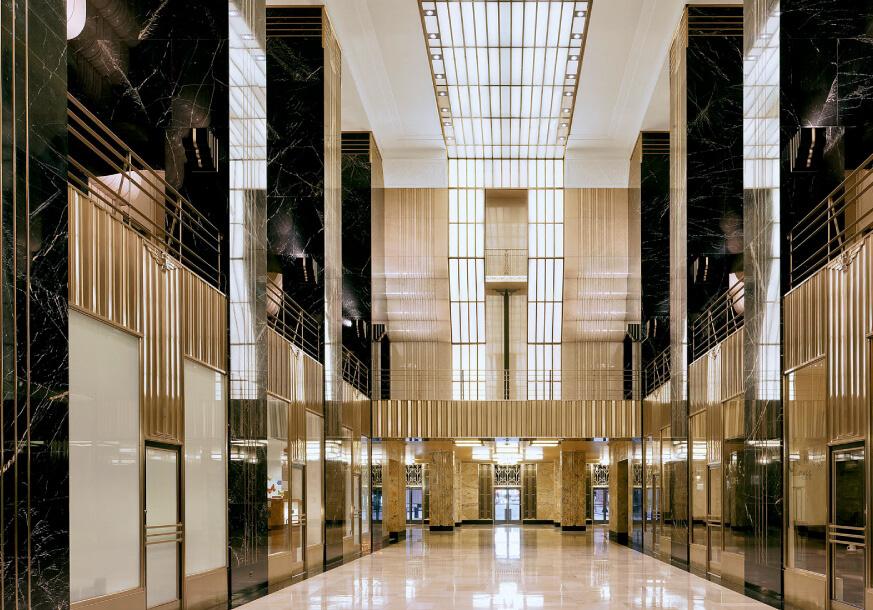

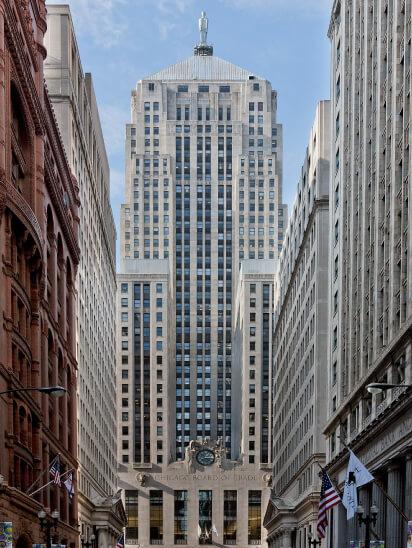


27
| Chicago Board of Trade Building Lobby, Chicago, IL |
| Chicago Board of Trade Building, Chicago, IL |
| Fisher Building 3rd Floor Balcony, Detroit, MI|
| Cardozo Hotel Lobby, South Beach, Miami, FL |
| Cardozo Hotel, South Beach, Miami, FL |
Built in 1939 this design by Henry Hohauser Cardozo Hotel has played a prominent role in a variety of feature films including A Hole in the Head (1959), Something About Mary (1998) and Any Given Sunday (1999)
Designed by Holabird & Root and completed in 1930 with an addition in 1980 by Murphy & Jahn, this building has been featured in several films including Transformers: Dark of the Moon, Batman Begins, Ferris Bueller's Day Off, and The Dark Knight.
The Fisher brothers of the Fisher Body Corporation hired Albert Kahn to design this building for their headquarters which was completed in 1928 and is also referred to as "The Golden Tower"
Road Trip

Phoenix, AZ








LuhrsTower









Shamrock, TX

ART DECO-NATION tsaEnre C o
lumbiaBuilding
Nebraska State Capito UDropInn
Lincoln, NE
Los Angeles, CA
Designed Nunn and Berry in 1936 in the 2006 feature
Built in 1929 by George Luhrs Jr. and designed by the architectural firm of Trost & Trost in El Paso, Texas. The tower appears in the background of a scene in the 1960 thriller Psycho
This building designed by Claud W. Beelman opened in 1930, famous actor Johnny Depp owned 5 penthouses in this high-rise
Completed in 1932, this building was designed by Bertram Goodhue, President FDR once addressed a crowd of 30,000 in front of the north entrance
Built in 1929, this design by the Burnham Brothers was originally the regional office of Union Carbide and Carbon Co., since then the building has been repurposed as a hotel sporting names such as the Hard Rock Hotel Chicago, St. Jane Chicago Hotel, and now the Pendry Chicago Hotel.

Chicago, IL
Designed By John and architect J. C. 1936 and appears 2006 animated feature Cars
Cincinnati, OH


Designed by the firm Fellheimer & Wagner and completed in 1933, this station is the inspiration behind the "Hall of Justice" that appears in comic books, TV series, and movies published by DC Comics

Syracuse, NY


Built in 1932 and designed Melvin L. King in a consultation with Bley and Lyman, this building headquartered the Niagara Mohawk Power Corporation and at that time the nation's largest electric utility company
ChryslerBuild
i










New York, NY
Washington, DC
Constructed in 1931, this design by Joseph Younger is a highly sought after high-rise fondly referred to as "The Old Lady of Washington"


Opened in 1947, this building was designed by architect Robert Swartburg and initially used as military housing and later renovated in 1994 from designs by Philippe Starck and named Delano after president FDR
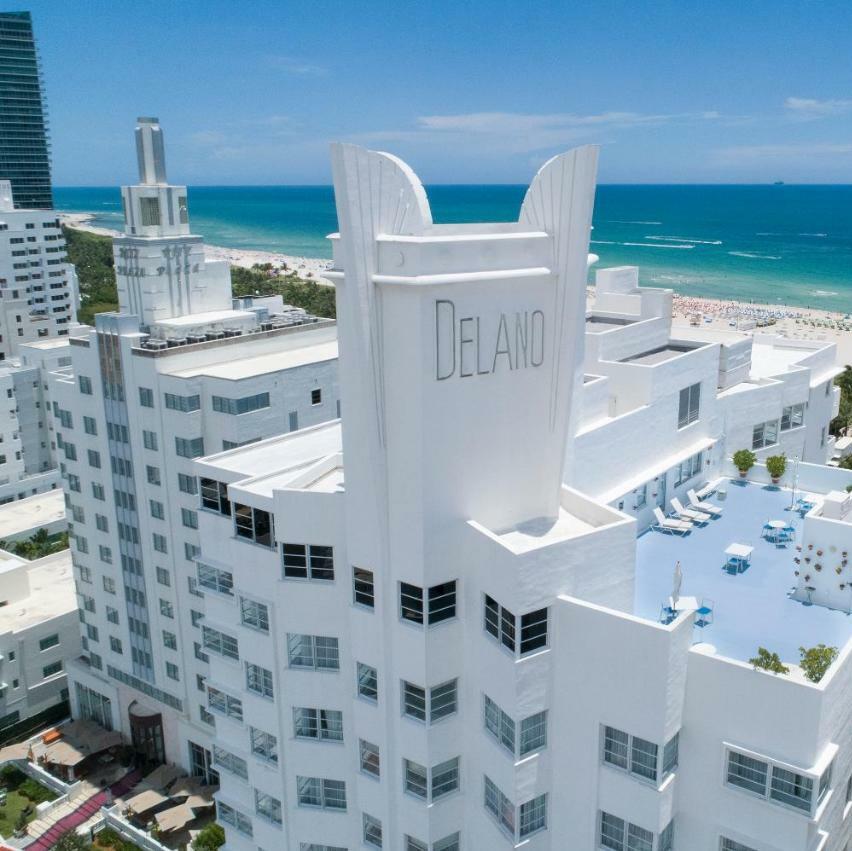
Designed By William Van Alen and completed in 1930, was the world's tallest building for 11 months and is still the tallest brick building


29 tol
Carbide and Carbon
NiagaraMohawkBuilding Cincinnati Union Terminal DelanoHotel
The Kennedy-Warren n g
Miami, FL
Miami

ART DECO-NATION
| Ocean Drive |
The Art Deco movement, characterized by geometric shapes, bold colors, and intricate details, was popular in architecture, fashion, and art. However, Miami's Art Deco style has distinct features that set it apart from other cities.
One of the most noticeable differences in Miami's Art Deco is the use of pastel colors. The city's architecture is adorned with soft shades of pink, blue, yellow, and green, creating a tropical and vibrant atmosphere. Using neon lights also adds to the unique character of Miami's Art Deco. Neon lights were popular in the 1930s and were used to attract attention to buildings and signs.
Another notable aspect of Miami's Art Deco is the influence of the city's Latin American culture. The Cuban community embraced the movement in the 1940s and 1950s, and the style evolved to incorporate elements of Latin American art and design.

31
| Calle Ocho strip in Little Havana |
Sources
Art deco historic district. Greater Miami & Miami Beach. (n.d.). Retrieved April 19, 2023, from https://www.miamiandbeaches.com/l/attractions/art-deco-historic-district/2116
Art Deco: A research guide. The New York Public Library. (n.d.). Retrieved April 19, 2023, from https://www.nypl.org/node/171023#:~:text=Art%20Deco%20was%20an%20international,a%20period%20of%20scholarly%20reappraisal
Christensen, C. (n.d.). Miami Art Deco tour and a visit to little Havana. Amateur Traveler. Retrieved April 19, 2023, from https://amateurtraveler.com/miami-art-deco-tour/
Cooper, M. (2022, February 1). Art Deco Furniture Collection: Understanding The Style. LoveToKnow. Retrieved April 19, 2023, from https://antiques.lovetoknow.com/Art_Deco_Furniture_Collection
Encyclopædia Britannica, inc. (2023, March 29). Art deco. Encyclopædia Britannica. Retrieved April 19, 2023, from https://www.britannica.com/art/Art-Deco
Fisher Building. (n.d.). Retrieved April 19, 2023, from https://www.fisherbuilding.city/
Gallery. Times Square Building. (n.d.). Retrieved April 19, 2023, from https://www.timessquarebuilding.com/gallery
Hencz, A. (2022, June 29). Art Deco furniture: Style & characteristics. Artland Magazine. Retrieved April 19, 2023, from https://magazine.artland.com/art-deco-furniture-style/#:~:text=These%20makers%20include%20notable%20names,popular%20among%20connoisseurs%20 even%20today
Morrell, A. (2017, March 18). Wings of progress are like Rochester's Empire State Building. Democrat and Chronicle. Retrieved April 19, 2023, from https://www.democratandchronicle. com/story/news/local/rocroots/2017/03/18/wings-progress-like-rochesters-empire-state-building/99322756/
Stamp, E. (2016, July 21). The world's most beautiful Art Deco buildings. Architectural Digest. Retrieved April 19, 2023, from https://www.architecturaldigest.com/gallery/worlds-mostbeautiful-art-deco-buildings
Thomann, L. (2022, March 4). What is Art Deco architecture? The Spruce. Retrieved April 19, 2023, from https://www.thespruce.com/art-deco-architecture-4797589
View commissions list by name list by state list by type list by year. International Hildreth Meière Association Inc. (n.d.). Retrieved April 19, 2023, from https://www.hildrethmeiere.org/bios/ ralph-walker
Your time. your place. 141WJackson. (n.d.). Retrieved April 19, 2023, from https://cbotbuilding.com/
Zhekova, D. (2022, November 13). The 10 best art deco buildings in the world. Travel + Leisure. Retrieved April 19, 2023, from https://www.travelandleisure.com/culture-design/architecture-design/best-art-deco-buildings-in-the-world
"May I say, finally, that I have no illusions of grandeur; quite to the contrary, I am very humble in my knowledge that through forty years of my life, my life has been an open book of service to my fellow architects and for the public good."
 -Ralph
-Ralph
Thomas Walker
ART DECONATION
Thanks for Reading





















































































 -Ralph
-Ralph
